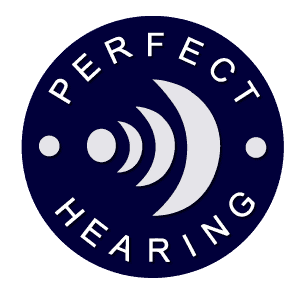Hearing loss is a health condition that affects millions of people across the globe. The fact that most people are not even aware of the condition is what makes it so widespread. And those who are aware of the condition often do not take it seriously because they still have a level of hearing intact. The reason for this ignorance can be credited to the gradual process of the way hearing loss occurs.
The condition often worsens as we get older, and people only realize or take it seriously when it’s too late. Most people usually find out about their condition through friends or family. Suddenly, they are no longer able to hear the sounds they typically hear so clearly.
Sometimes, it can be difficult for the patient to identify the problem.
But possible signs of a hearing loss — raising the volume of your radio or TV, or asking people to repeat something during a conversation — can be identified. Difficulty in hearing is a serious problem and must be addressed as soon as possible. Knowing the severity of the loss will help you seek appropriate treatment for the condition.
Many treatments are available for hearing loss. The treatment used would depend on hearing loss and cause. The treatment would also depend upon the results of your hearing test, which will determine the level of your hearing loss. The following are the four levels of hearing loss as classified by audiologists.
a. Mild Hearing Loss
People with mild hearing loss can only hear the quietest sounds of between 25 and 40 dB. It means that they cannot hear sounds like the ticking of a clock or dripping faucets.
People who have mild hearing loss can follow a one-on-one conversation but may be impossible to hear every word in a noisy environment. Thankfully, mild hearing loss can be fixed using a hearing aid, which helps to amplify soft sounds.
b. Moderate Hearing Loss
People who experience moderate hearing loss cannot hear sounds less than 40-75 dB. Those in this category often have difficulty in understanding everyday speech. They might not hear the ringing of the doorbell or telephone.
Also, they might not be able to follow or hear sounds during regular conversations. Depending on the hearing health of the patient, a moderate hearing loss can be improved by using hearing aids or middle ear implants.
c. Severe Hearing Loss
A person with severe hearing loss will have difficulty following a conversation. It is entirely impossible to understand normal speech when one is without a hearing aid.
Although a hearing aid can be helpful, in most cases, they’re not very effective in improving the condition of a person with severe hearing loss. The best treatment that can effectively fix a severe hearing condition is middle ear implants or cochlear implants.
d. Profound Hearing Loss
A profound hearing loss is the highest level and the most severe form of hearing loss. People with this level of hearing loss cannot hear sounds softer than 90-120 dB. A hearing aid is most likely going to be of no use for people with profound hearing loss. Profound hearing loss makes it difficult to hear sounds as loud as aeroplane engines or fire alarms.
People with this level of hearing loss cannot hear any sound; they depend on lip-reading and gestures to understand communication. The best solution for profound hearing loss is a cochlear implant, which will help individuals hear and understand speech after successful surgery and rehab.
In a Nutshell
Our hearing can deteriorate as we grow older, but the risk and severity can be mitigated by taking the right preventive measures early. See your ENT doctor or audiologist immediately if you detect a sudden decline in your level of hearing for appropriate care.



